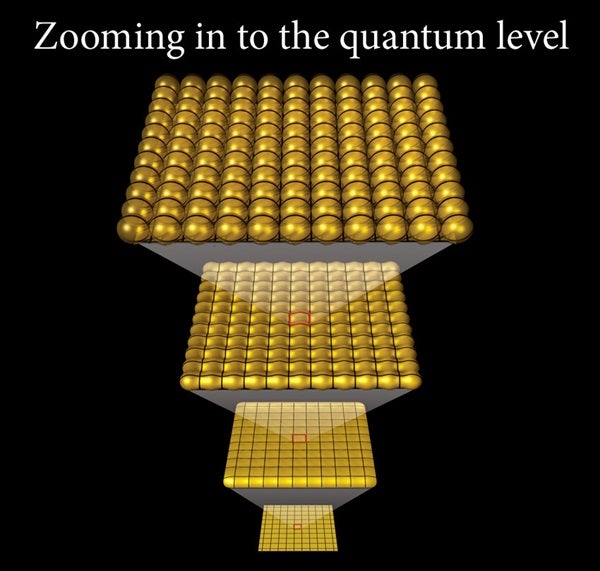The classical notion of space-time loses its meaning in quantum theory. It’s replaced by a more general concept, a “quantum space-time” where dimension is not a well-defined notion. We know a great deal about certain quantum space-times, which have many precise properties, but dimension is not one of those properties.
String theorists know the number of dimensions needed to describe the world we live in is greater than the basic four: the three of space, and one relating to time. The cases in which we have 10 or 11 are especially simple. They are simpler because the internal dimensions — namely the dimensions beyond the four we see — can be relatively large. (By relatively large, I mean larger than the size of the string but smaller than any distance we can experimentally detect today.) We can describe them using geometrical language.
What’s the difference between 10 and 11? The simplest string theory is 10-dimensional. Strings can interact with each other, and if the interaction is large, the theory seems hard to describe. However, when strings interact strongly, a new dimension opens up, and we have a theory in 11 dimensions: the 10 we started with plus an extra circle. In 11 dimensions, we do not have strings; we have membranes. Membranes wrapped along the 11th dimension give rise to strings.
We do not know yet whether a description in terms of 10 or 11 dimensions is more appropriate for our universe. But these are simply two different possibilities for the internal geometry. Because the geometry of the internal space is quantum mechanical, asking what dimension the space is might not be the right question.
Recent developments have shown that the concept of space-time itself breaks down at the quantum level and will have to be replaced by some other concept at this level. Think of a lake’s surface. Classical physicists describe how waves propagate on this surface, state whether an observer is above or below the surface, and pay attention to other macroscopic qualities.
On the other hand, when we look at the lake with high resolution, we see the individual water molecules — the surface of the lake becomes less sharp. In fact, the surface is not a well-defined concept at the atomic level. Molecules constantly move between the water and air. We can talk only about the surface of the lake at macroscopic distances.
The same happens with space-time; we can use the standard geometric description only at far enough distances. Of course, in the case of space-time, we would need to go to distances smaller than the distances that are experimentally accessible today in order to see the concept breaking down. But string theory predicts space-time loses its meaning at short distances, just like the lake’s surface does. This does not mean we cannot describe the system. In the case of water, we have a well-defined description of the system in terms of the water molecules. Similarly, in the case of space-time, we have a good description of what is going on, at least in some special circumstances.
In a quantum space-time, the dimension might not be well-defined. When the space in question is small, that space can alternate between different dimensions. — JUAN MALDACENA, INSTITUTE FOR ADVANCED STUDY, PRINCETON UNIVERSITY, PRINCETON, NEW JERSEY










